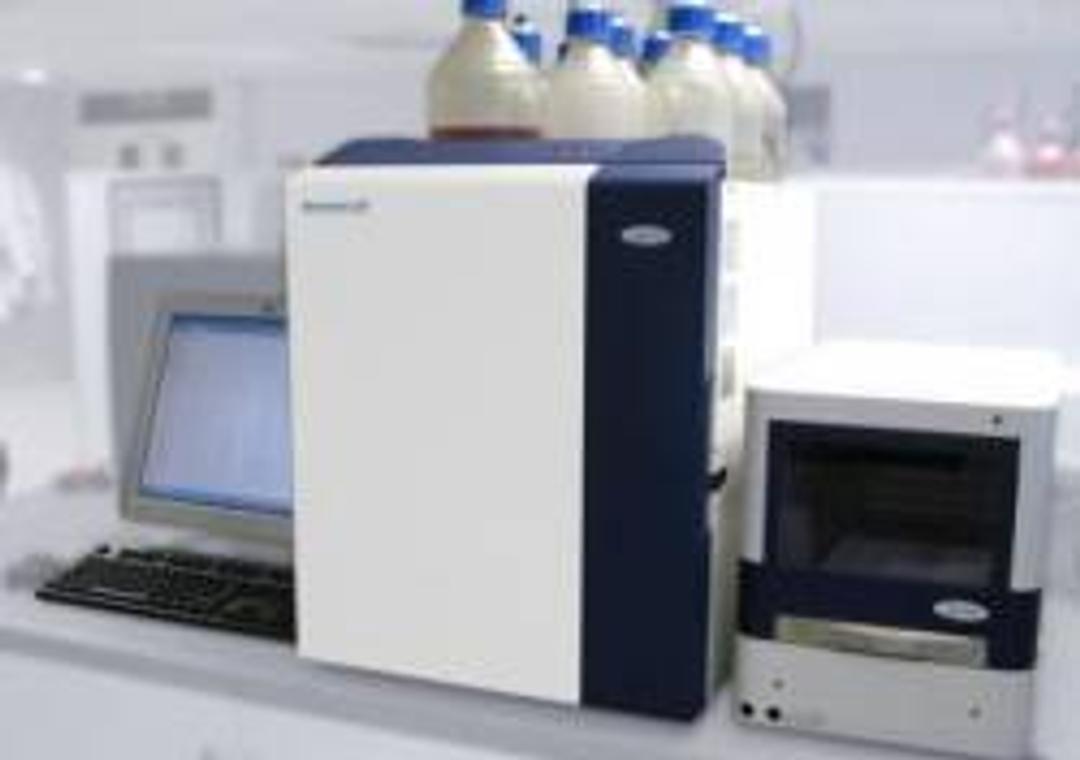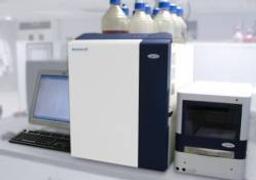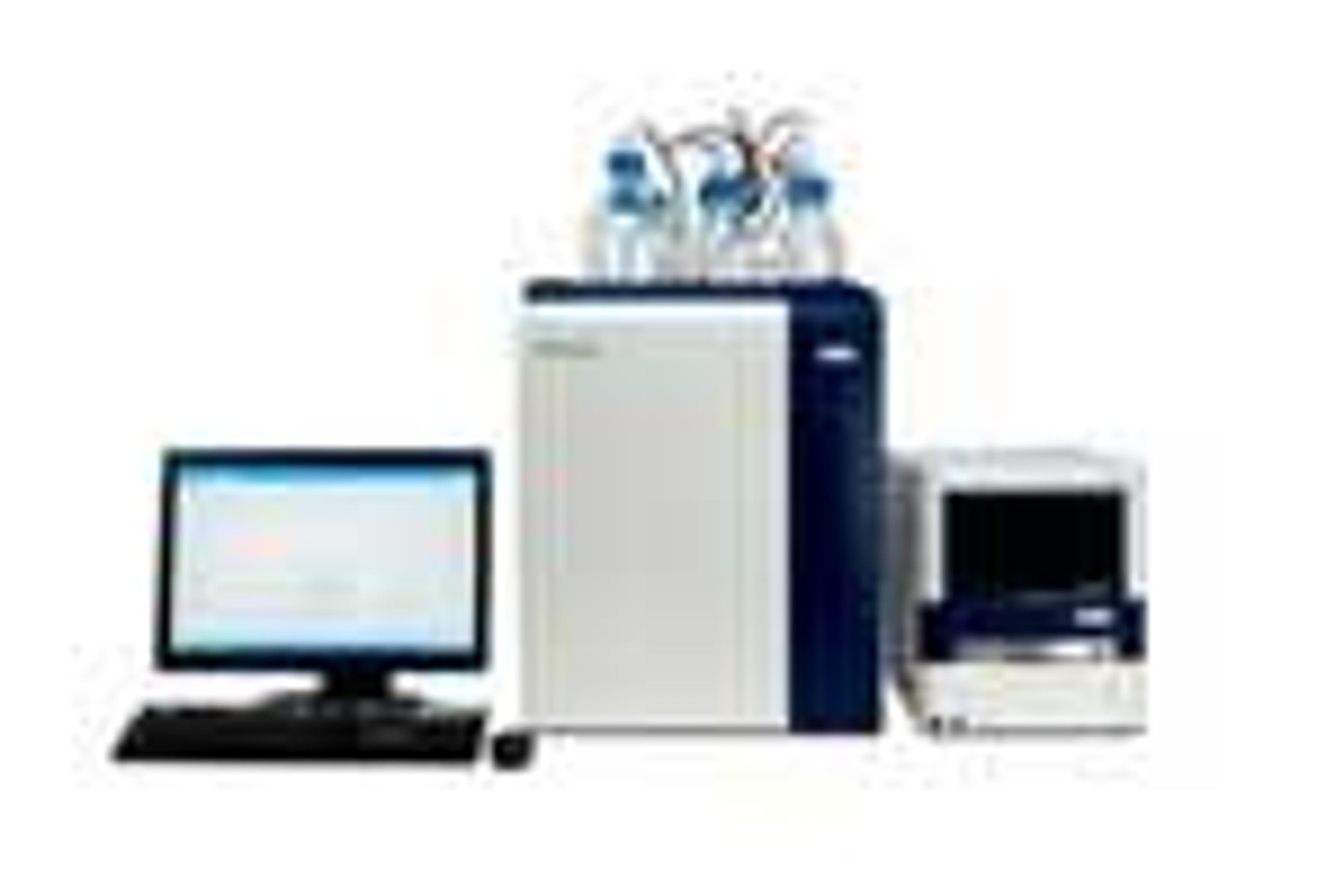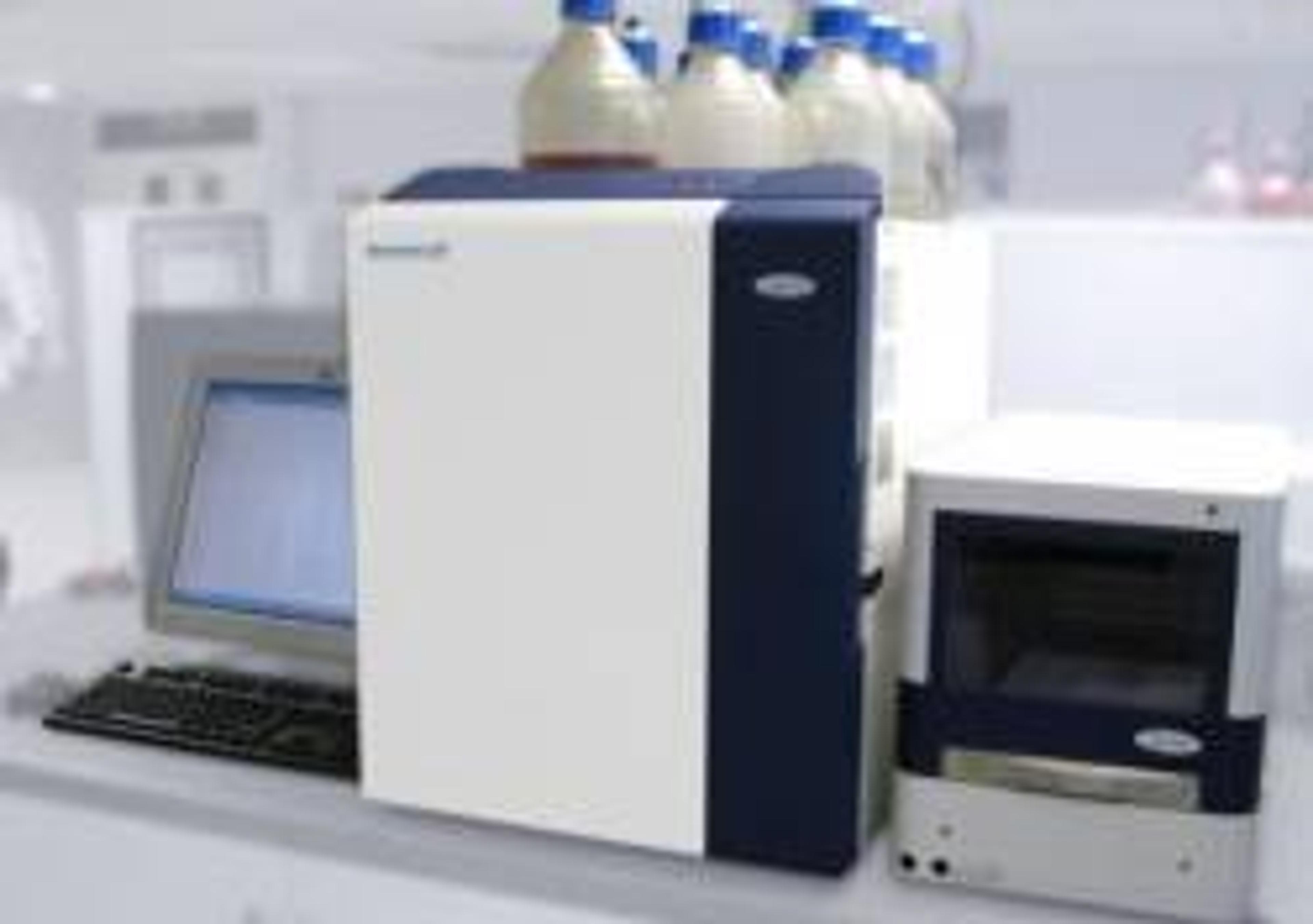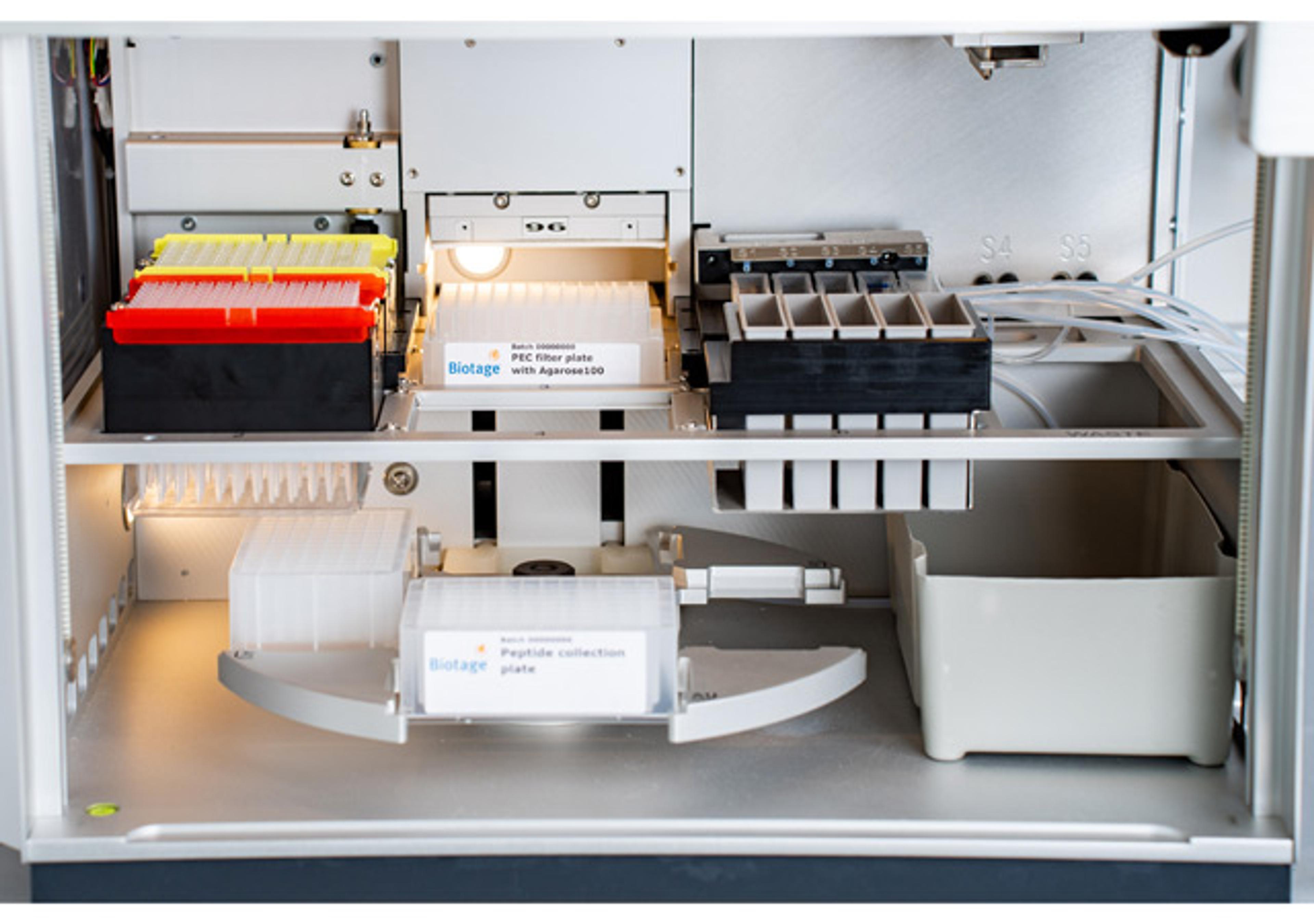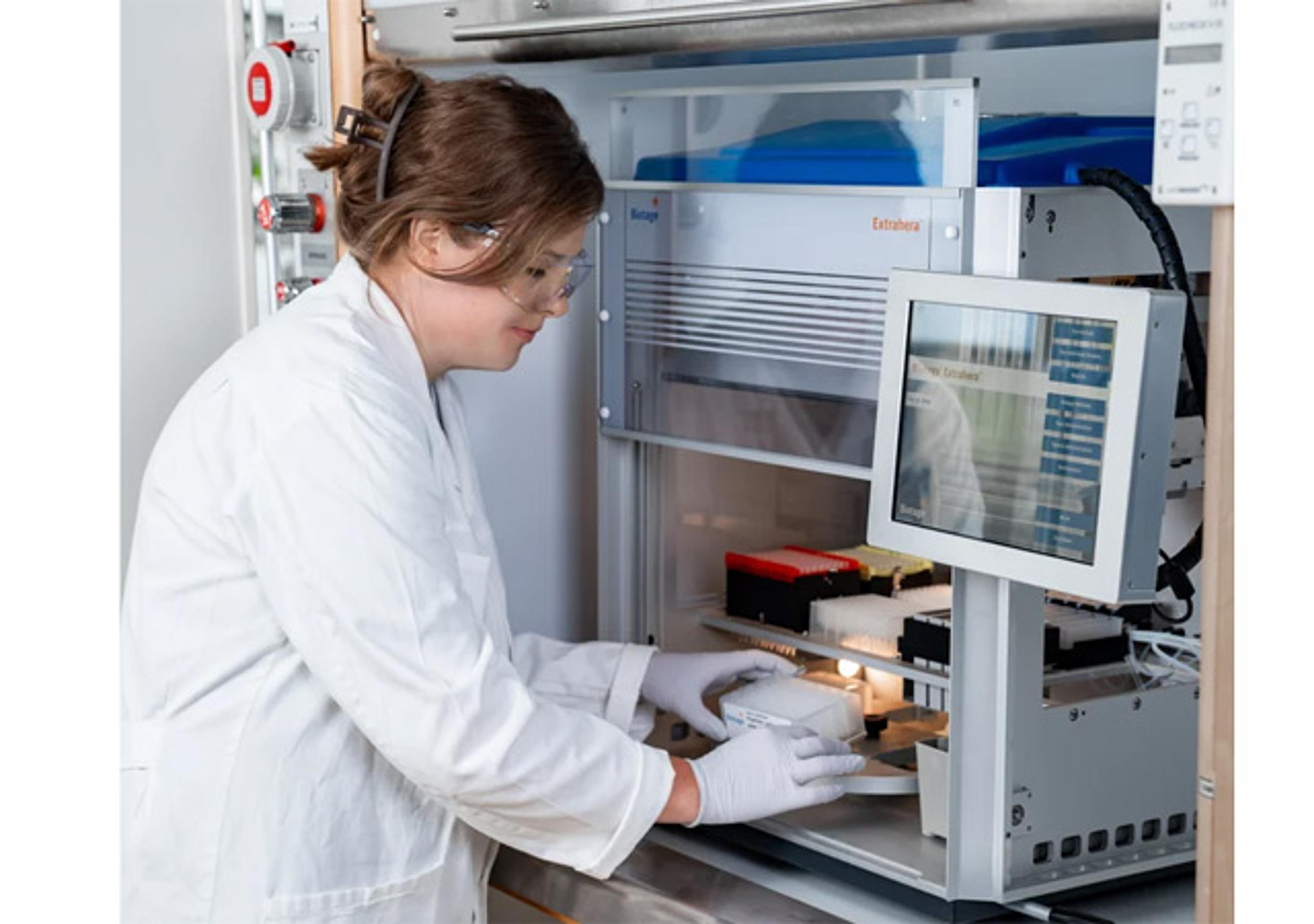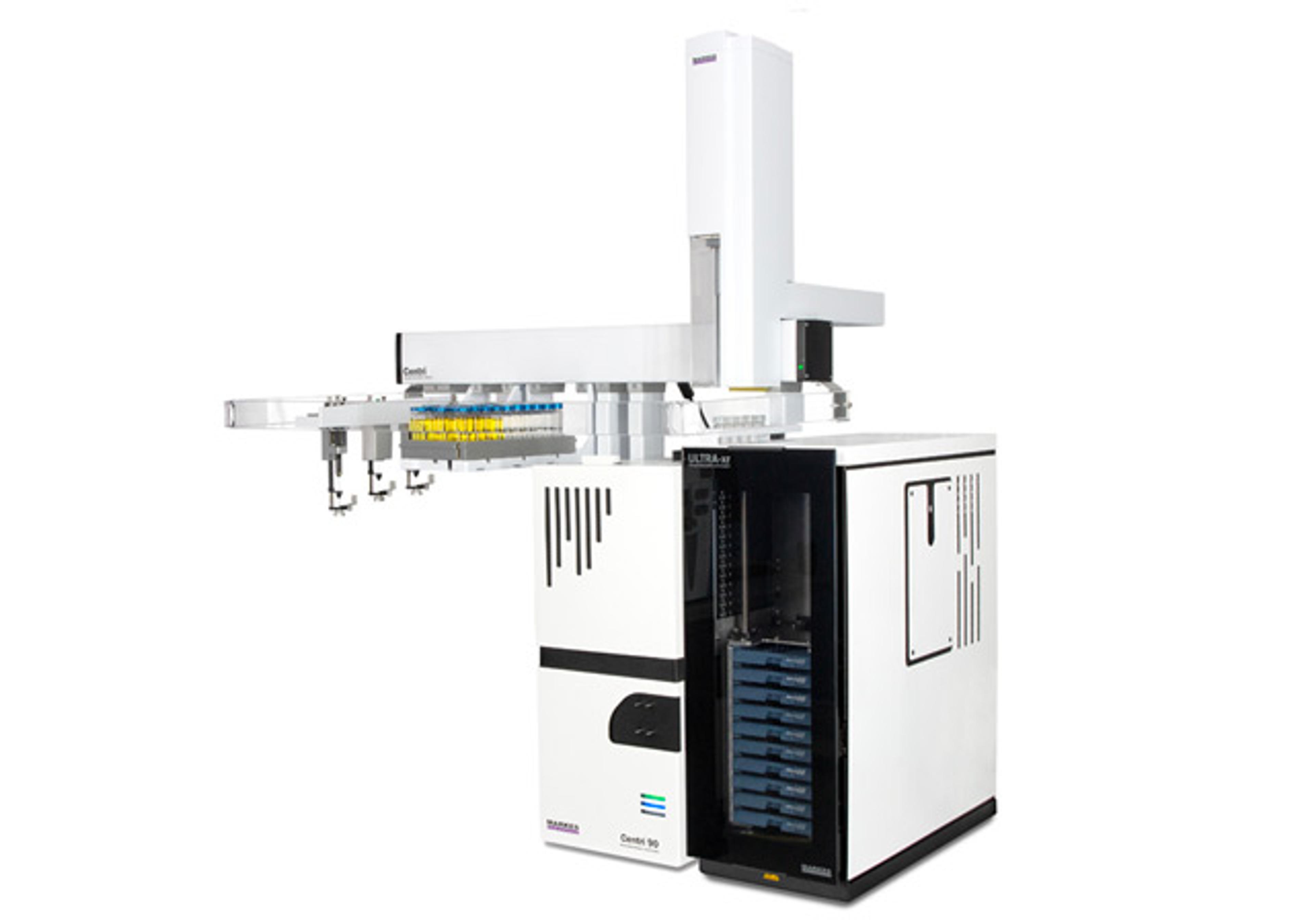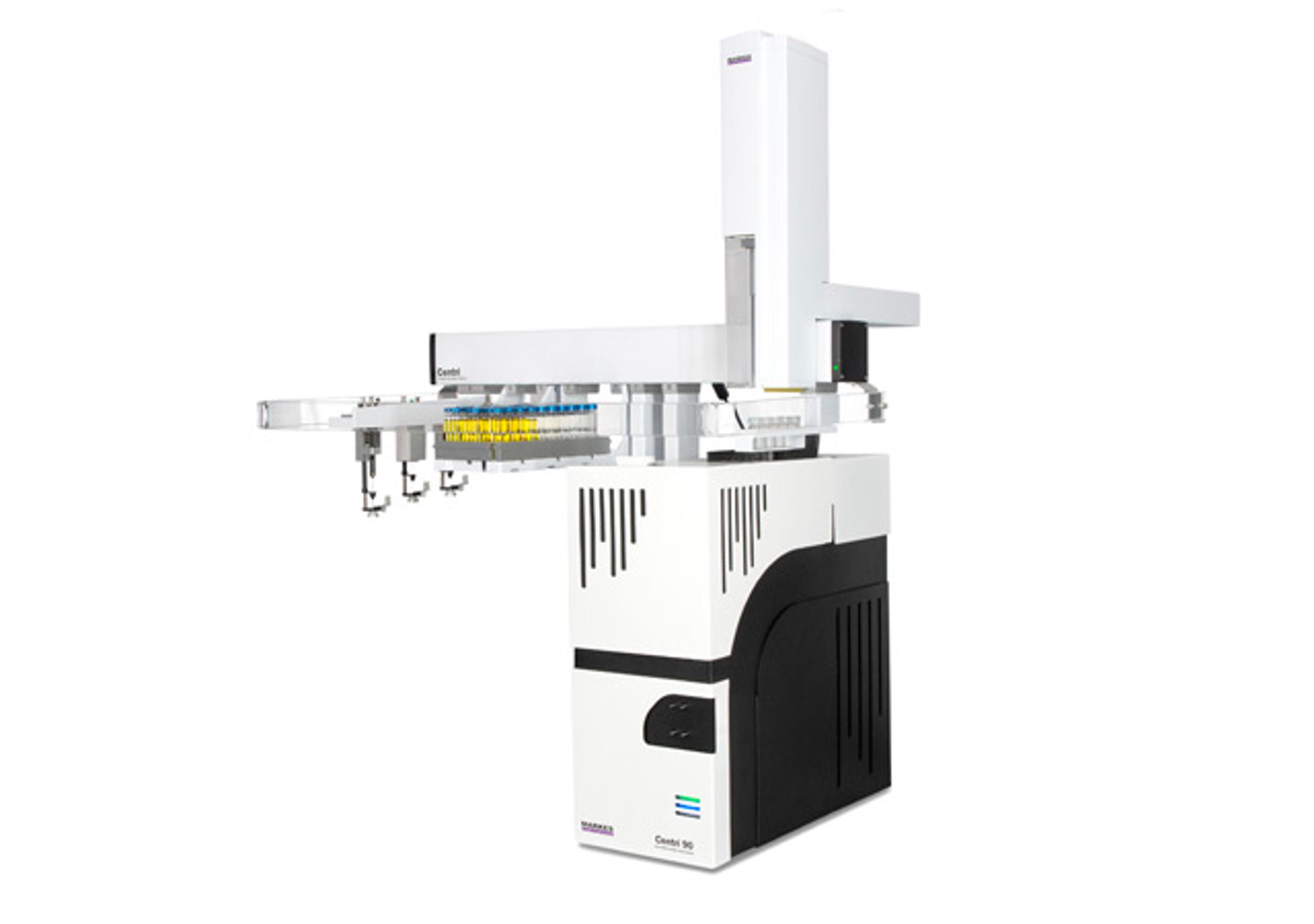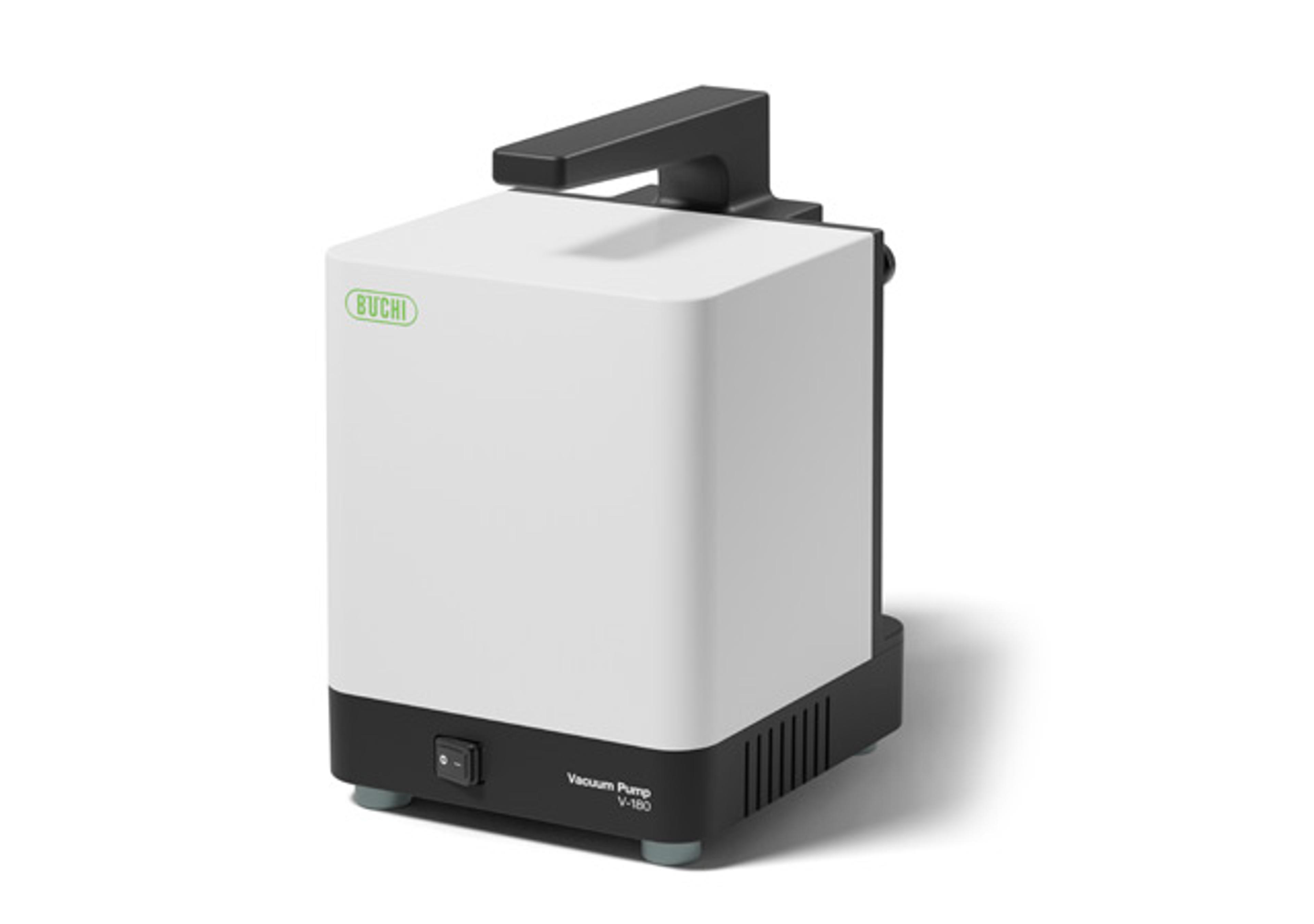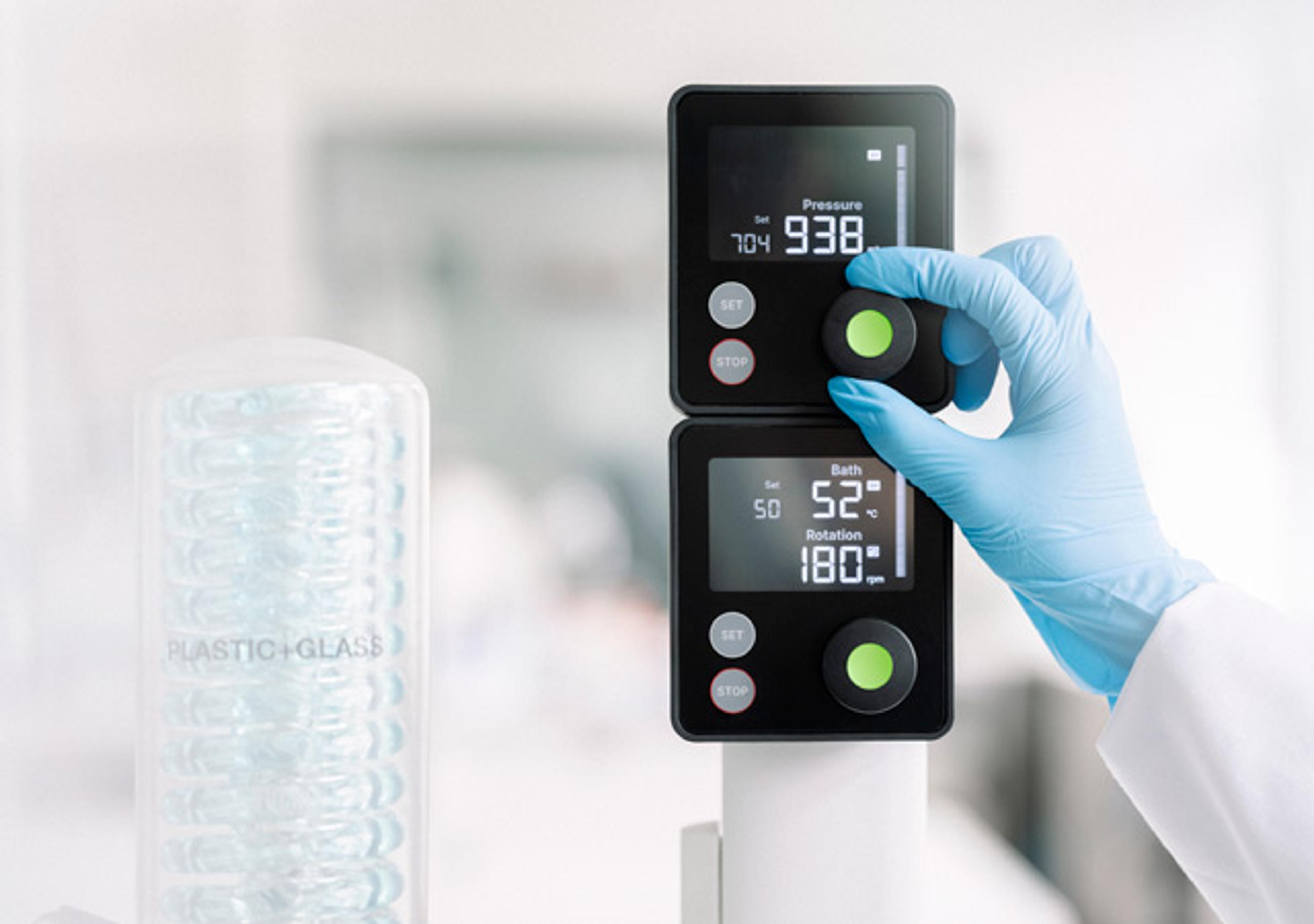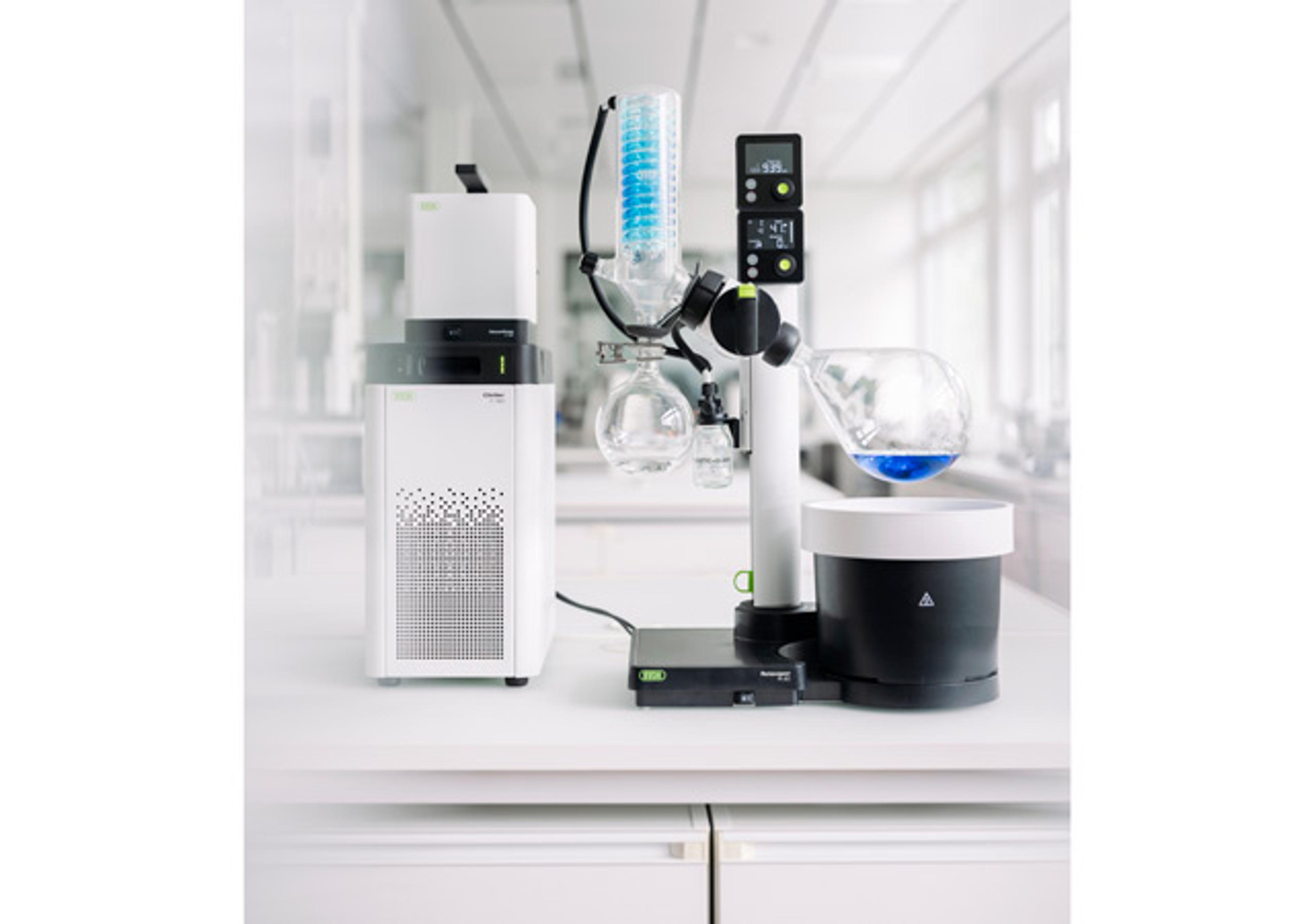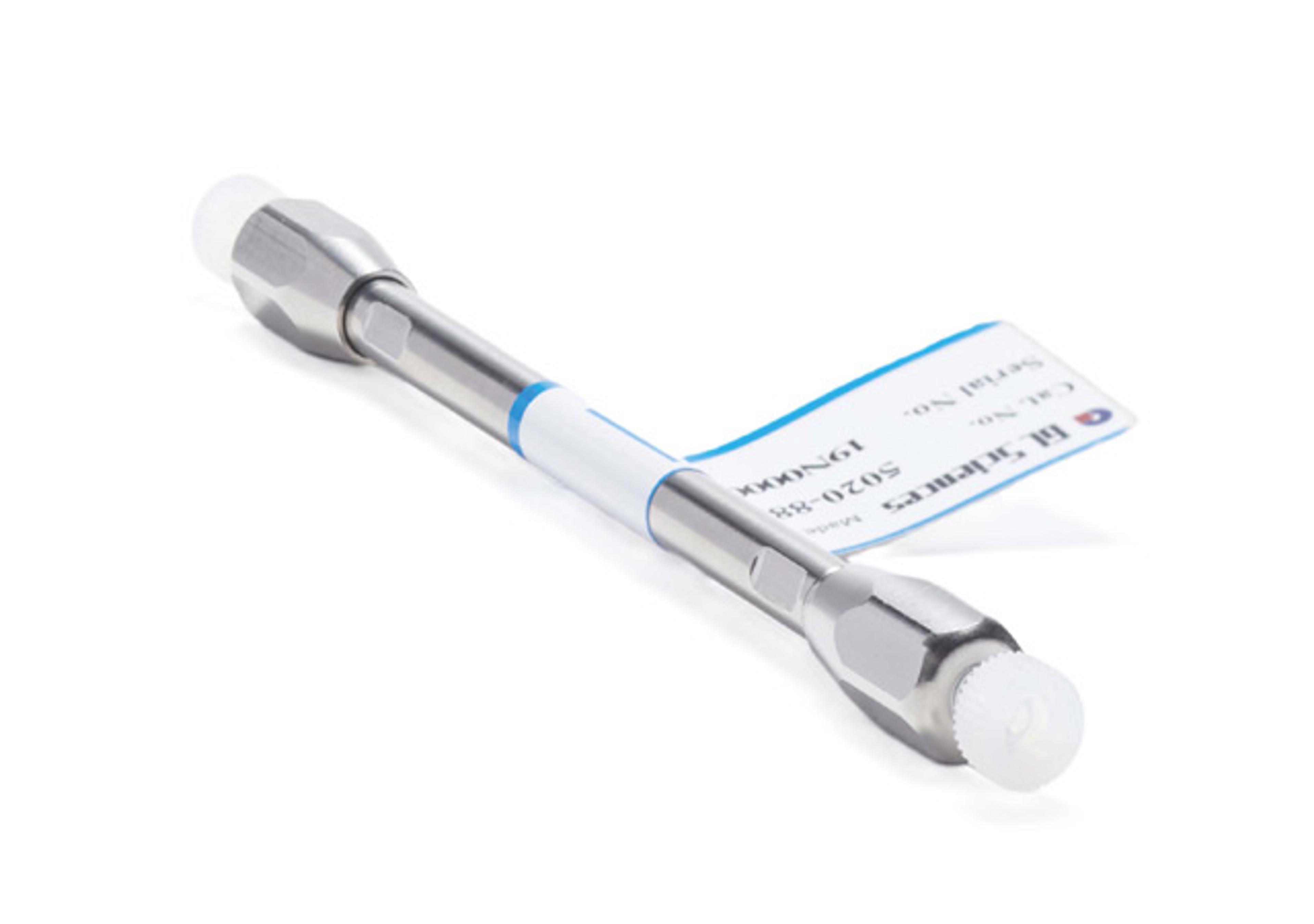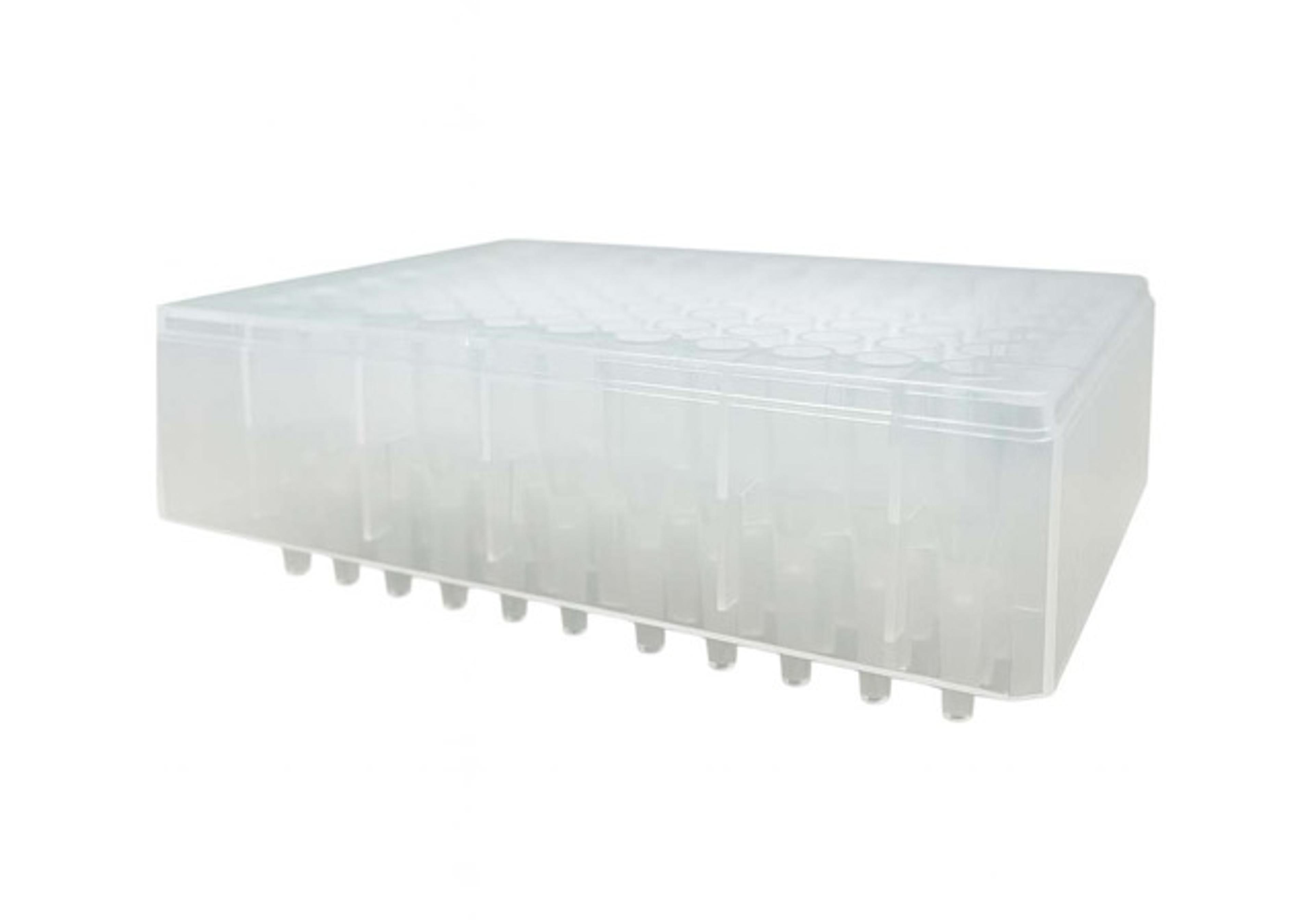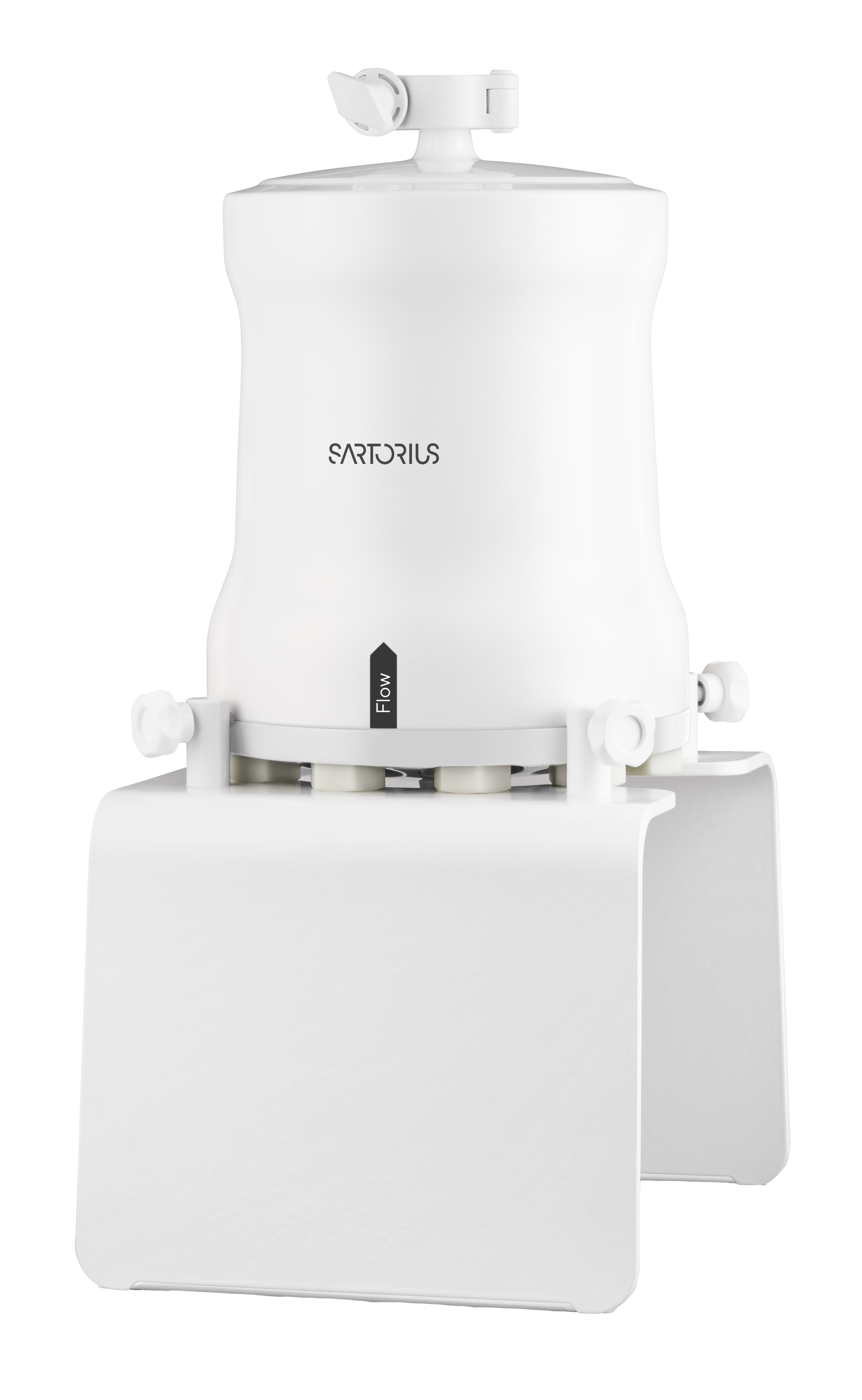Biochrom 30+ Amino Acid Analyzer Physiological system
The Biochrom 30+ Amino Acid Analyzer is trusted by hospitals, reference labs, pharmaceutical and industrial labs worldwide. It accurately detects and quantifies amino acids and their derivatives in complex samples. Applications include: detection and monitoring of in-born errors of metabolism, PKU testing, clinical analysis, proteomics, drug synthesis, infusion fluids, and quality control. The system is based on cation exc…

The supplier does not provide quotations for this product through SelectScience. You can search for similar products in our Product Directory.
Great instrument.
Amino acid quantification.
Easy to use. Gives high quality results. Trouble shooting is very rare.
Review Date: 1 Aug 2019 | Biochrom Ltd
Honestly mixed. Time moves on and Biochrom hasn't kept up.
Physiological samples
The Biochrom AAA still works competently. It is a legacy post column derivatisation technology about 60 years old and proven tried and true, has good precision, though low throughput. The software comes from Agilent, is dated and can be glitchy, but is tolerable. The problem I see with the equipment is that the current model 30+ is about 98% similar to the previous obsolete model 30 except for its newer autosampler. It is also almost the same as the first generation Biochrom 20. Over 20 years, mostly just an external color change made from white to white and purple and then to white and blue. Same internals, so the design is now quite old. The company has not made any significant improvements or modernization. It is still using a tungsten lamp source. The Biochrom reagents tend to be more expensive. It only does buffer step switching and cannot make any gradients like a Hitachi AAA. There are newer design classic post column Ninhydrine models out on the market which are better. There are two German companies seriously worth exploring, Sykam and MembraPure. Another problematic issue with the Biochrom is that there is considerable variation in the quality and performance of their analytical columns for quite many years and has not improved. All of these issues do cut in to the precision advantage in post column Ninhydrine, and so labs that need a higher throughput are moving to newer techniques such as pre-column derivatisation and also to LC-MS/MS. With LC-MS/MS, the instrumentation has a higher initial cost, but then the savings come from multiple years of not buying expensive buffers and Ninhydrine. The Biochrom was once the main workhorse of AAA, but as the years advance and company have stood still, I would recommend looking at the newer designed Ninhydrine AAA models or perhaps an LC-MS/MS solution, which is 8 to 10 times faster.
Review Date: 5 Jan 2019 | Biochrom Ltd
The Biochrom 30+ Amino Acid Analyzer is trusted by hospitals, reference labs, pharmaceutical and industrial labs worldwide.
It accurately detects and quantifies amino acids and their derivatives in complex samples. Applications include: detection and monitoring of in-born errors of metabolism, PKU testing, clinical analysis, proteomics, drug synthesis, infusion fluids, and quality control.
The system is based on cation exchange chromatography with a highly specific detection system using post column derivatization with ninhydrin. It can separate up to 56 amino acids, derivatives and other compounds with superb separation and analysis quality giving precise, unequivocal peak identification and quantification-even for rare and unusual markers.
The Biochrom 30+ Physiological System is ideal for monitoring and screening of physiological fluids. This compact instrument can handle plasma, serum, urine, dried blood spots and CSF without costly and time-consuming re-equilibration. The unique column cleaning and repacking service cuts the cost of replacement columns and there is a wide range of ready to use reagents available.
Biochrom are experts in Amino Acid Analysis with over 40 years experience. All our systems are backed with expert application knowledge and our commitment to customer support. See our website for a video demonstration.

